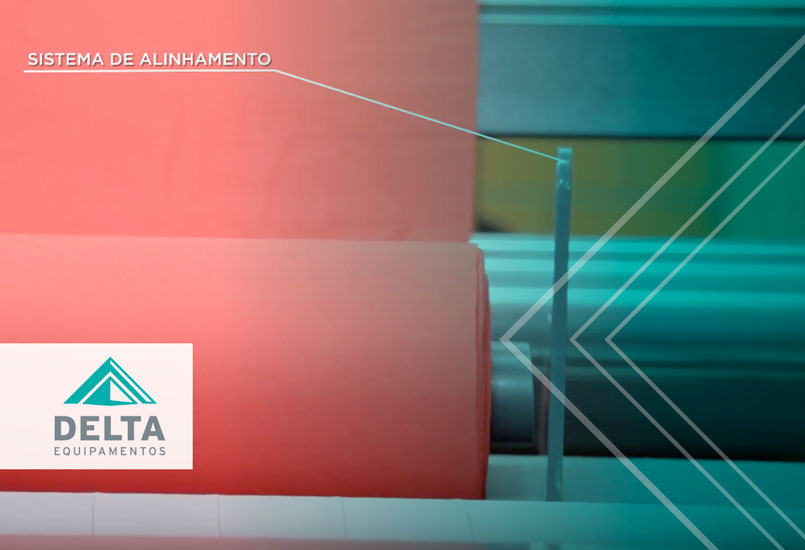Buying raw materials with stains, holes, loose threads, color variations, among other issues, can result in second-quality products. This is because, even if not discarded, products made with such materials cannot be sold for the same value, reducing the profits of the clothing manufacturer.
To prevent this from happening, it’s important to understand the causes of second quality and devise strategies to eliminate this problem. Here are 5 very important tips on this topic. Continue reading and check it out!
1.Evaluate fabrics and knits
The first step to avoid producing second-quality items is to evaluate the raw materials. To ensure that they are of good quality, consider the following aspects:
-
Defects:
Check if the fabric is stained, if there are missing threads, torn edges, warp or weft distortion, or any other issues. These minor defects can lead to the production of pieces that would not pass quality control and would have to be sold at lower prices.
-
Width and length:
The width interferes when programming the layout of the patterns and in predicting the losses that will occur during cutting. Therefore, it’s important to know exactly what they are to avoid losses.
-
Weight:
This measure refers to the mass per area of fabric and is expressed in grams per square meter (g/m²). With this information at hand, it’s possible to assess whether the fabric is lightweight, medium-weight, or heavyweight and choose the appropriate thread and needle.
It’s also possible to verify if they comply with the standards of the Brazilian Association of Technical Standards (ABNT), NBR 13378, and NBR 13175 to check for any problems according to the type of knit analyzed.
+Learn more: 5 benefits of adopting data collection in quality management
+Saiba mais: Advanced manufacturing in the Textile Industry. Quality control in the era of Industry 4.0
2. Analyze fabrics as soon as they arrive and avoid second quality

Although not everyone thinks about this aspect, control over the receipt of raw materials is directly related to the quality of the final product.
Therefore, when receiving the roll of mesh, the ideal is to identify whether there are manufacturing defects and, if they are identified, it is important to return it to the supplier for non-compliance.
+Learn more: Textile quality control and mesh preparation
+Learn more: What is quality control? How does it work in the textile industry?
3. Modernize quality control
Many companies perform quality control manually. The problem is that it takes time and there is no way to always check all the rolls.
Therefore, the solution is to modernize the process and use equipment that can detect errors and map them.
With a Mesh Checker, it can become automated, fast and efficient, preventing the production of second quality parts.
https://youtube.com/watch?v=vBOc3HEXJiw
Furthermore, the Reviewer collects information, generates a mapping of defective areas and sends it to a database, facilitating information management.
It can also have a defect identification label application system, optimizing the process.
4. Control suppliers
By being able to identify defects in the fabrics, it is possible to have control and carry out a mapping of the suppliers who are sending them.
This way, the company can take actions to prevent problems from occurring, whether by having a frank conversation with the supplier or even replacing them.
+Learn more: Advanced manufacturing: what it is and who is already using it
5. Keep in mind the ROI of manufacturing
Return on Investment (ROI) is a calculation used to measure the financial result obtained from an investment.
In the case of clothing, ROI determines how much was earned through the transformation of raw materials into products. For it to be positive, the amount invested must cover the costs of the mesh rolls and generate a profit.

When manufactured parts are considered second quality, ROI decreases and the company loses money.
Therefore, it is important to have control of this metric and monitor it closely. When the value is reducing, the manufacturer needs to check why and how to solve the problem.
One way to control production and manage it more efficiently is to use the Production Planning and Control (PCP) system. Check out this other article and better understand how it works and how to apply it in your industry!


![E-book]How to ensure quality control in the textile industry?](https://www.deltamaquinastexteis.com.br/wp-content/uploads/2019/04/ebook-como-garantir-o-controle-de-qualidade-na-industria-textil.jpg)
